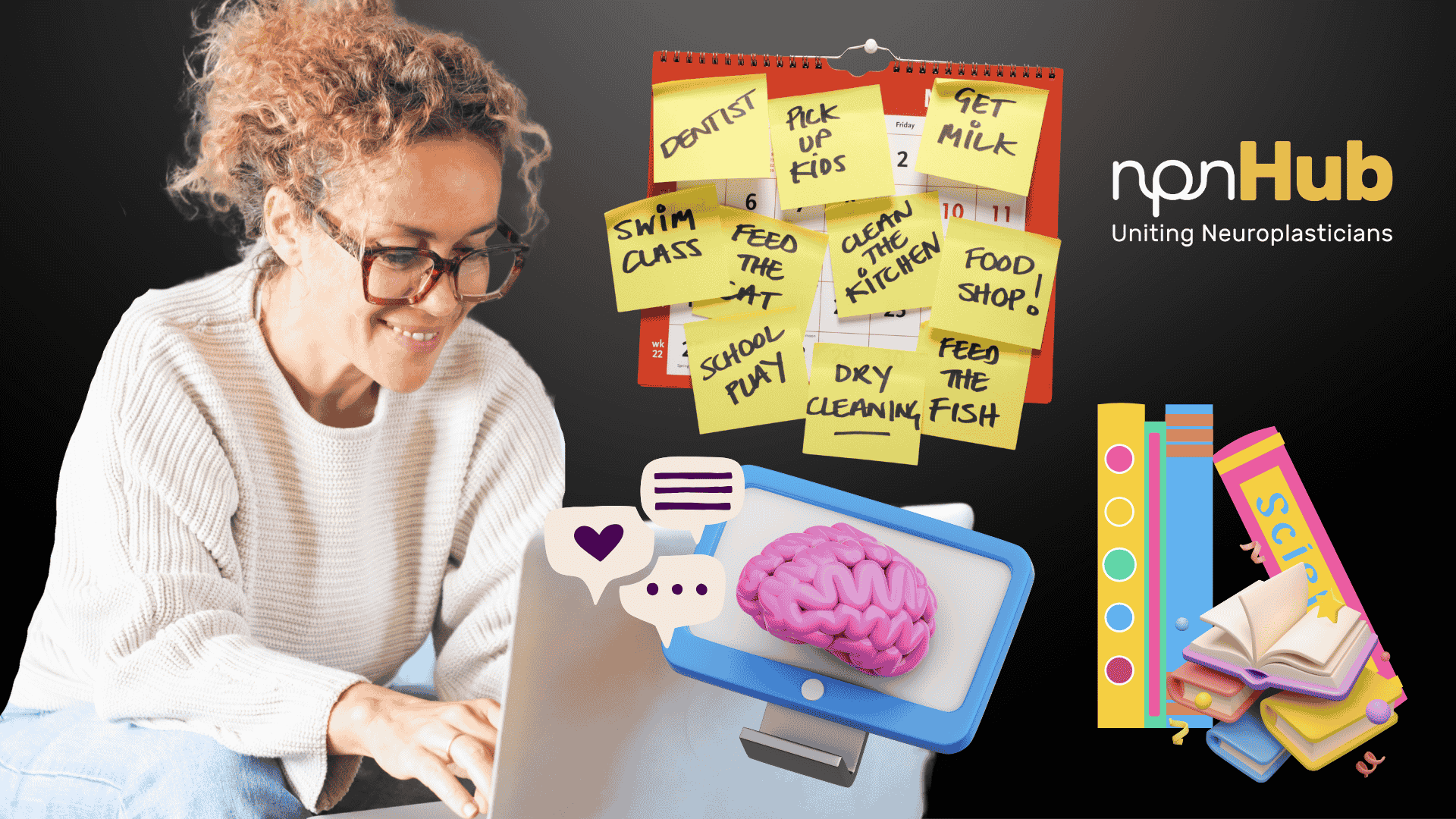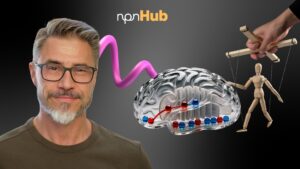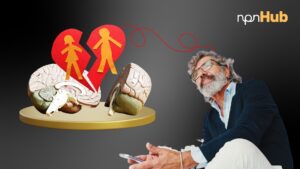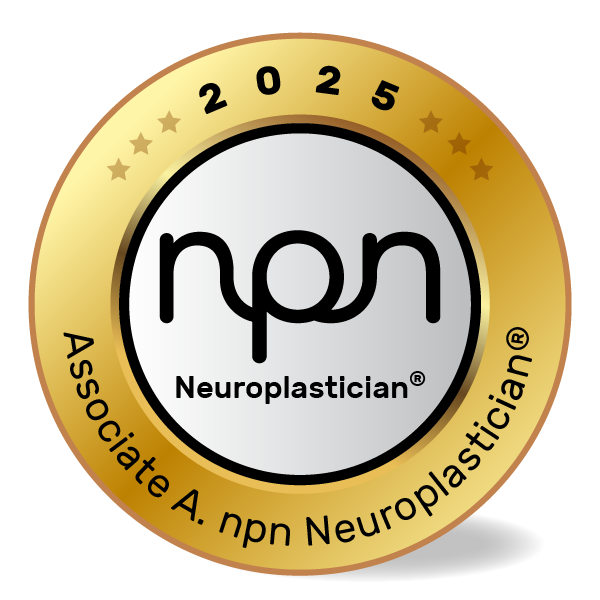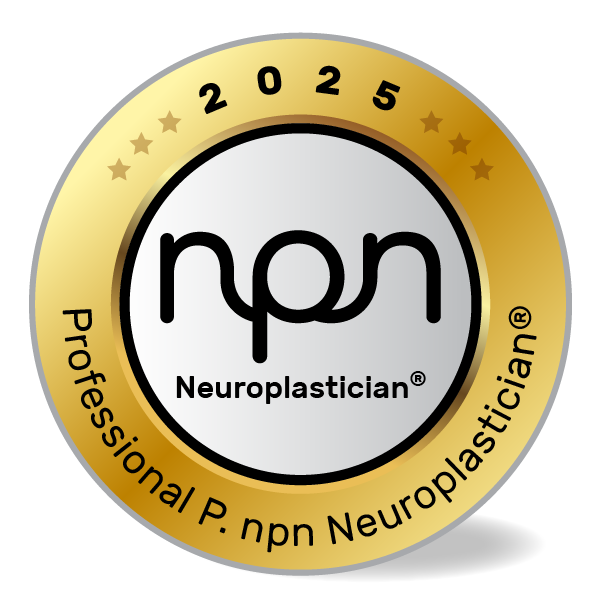Key Points
- Multitasking reduces productivity, increases errors, and impairs memory.
- The brain is not designed to handle multiple tasks simultaneously; it rapidly switches focus, leading to cognitive overload.
- Chronic multitasking weakens attention control and lowers emotional intelligence.
- Research shows that deep focus and single-tasking improve efficiency and cognitive function.
- Neuroscience-backed strategies can help rewire the brain for better focus and performance.
What is Multitasking?
Imagine a coach working with a client who prides themselves on their ability to answer emails, participate in a Zoom meeting, and take notes—all at the same time. They believe this makes them more efficient. However, by the end of the day, they feel exhausted, forget important details, and struggle to complete deep-focus tasks.
This is the illusion of multitasking. While it seems productive, neuroscience tells a different story. Our brains cannot truly focus on multiple tasks at once; instead, they rapidly switch between them, creating what researchers call task-switching costs (Rubinstein, Meyer & Evans, 2001).
A study by Stanford University found that chronic multitaskers struggle with cognitive control, working memory, and attention span compared to those who focus on one task at a time (Ophir, Nass, & Wagner, 2009). Instead of increasing efficiency, multitasking overloads the brain, leading to mistakes and mental fatigue.
The Neuroscience of Multitasking
Consider a teacher grading assignments while responding to student emails and preparing the next lesson. Each switch demands cognitive effort, making them slower and more prone to errors.
From a neuroscience perspective, the prefrontal cortex, responsible for executive function, struggles to juggle multiple tasks. Instead of processing them in parallel, the brain engages in rapid task-switching, which increases cognitive load and delays completion.
Functional MRI studies reveal that multitasking activates the dorsolateral prefrontal cortex (DLPFC) in a way that fragments attention, reducing working memory efficiency (Dux et al., 2009). Additionally, the anterior cingulate cortex, responsible for error detection, becomes overactive, increasing stress levels.
What Neuroscience Practitioners, Coaches, and Educators Should Know About Multitasking
Neuroscience practitioners and well-being professionals frequently encounter clients who believe multitasking is necessary for success. However, chronic multitasking leads to reduced focus, mental fatigue, and lower emotional intelligence.
Common questions from clients include:
- Doesn’t multitasking make me more efficient? (No, it actually slows processing and increases mistakes.)
- Why do I feel exhausted after multitasking? (Switching between tasks depletes cognitive resources.)
- Can I train my brain to handle multiple tasks at once? (Not in the way you think—true efficiency comes from deep focus.)
Research from the University of London shows that multitasking lowers IQ temporarily and affects cognitive function similarly to sleep deprivation (Koppel et al., 2019). Neuroscience practitioners should help clients shift from multitasking to intentional focus strategies for better productivity and well-being.
How Multitasking Affects Neuroplasticity
The brain rewires itself based on repeated behaviors. Chronic multitasking strengthens neural pathways associated with distraction and superficial thinking, making deep focus more difficult over time.
A study in Frontiers in Psychology found that frequent multitaskers show less gray matter density in the anterior cingulate cortex, a region linked to focus and emotional regulation (Loh & Kanai, 2014). This suggests that multitasking not only affects short-term performance but also has long-term consequences on cognitive flexibility and self-control.
On the flip side, single-tasking and deep work strengthen the brain’s attention networks, improving memory, creativity, and problem-solving. By intentionally focusing on one task at a time, individuals can reshape their brains for better performance and resilience.
Neuroscience-Backed Interventions to Improve Focus
1. Practice the “Deep Work” Method
Concept: Neuroscientist and author Cal Newport advocates for deep work—uninterrupted, high-focus sessions that maximize cognitive potential.
Example: A coach helping a client with focus issues might suggest setting 90-minute distraction-free work blocks, allowing the brain to enter a deep state of concentration.
✅ Intervention:
- Schedule specific blocks of time for single-tasking.
- Turn off notifications and eliminate digital distractions.
- Use time-tracking apps like Focus Booster or Pomodoro timers.
2. Train the Brain with Mindfulness
Concept: Mindfulness meditation increases gray matter in the prefrontal cortex, enhancing focus and self-regulation (Tang, Hölzel, & Posner, 2015).
Example: A therapist working with a stressed client might introduce five-minute daily mindfulness exercises to improve attention control.
✅ Intervention:
- Encourage daily mindfulness or breathing exercises.
- Use apps like Headspace or Calm for guided meditation.
- Teach clients to pause and reset between tasks.
3. Apply the “Single-Tasking Rule”
Concept: Studies show that focusing on one task at a time improves retention and cognitive performance (Pashler, 1994).
Example: An educator helping students improve concentration might introduce structured, distraction-free study sessions instead of multitasking between subjects.
✅ Intervention:
- Encourage clients to complete one task before moving to another.
- Set up work environments that minimize external distractions.
- Use habit-stacking—pair deep focus with existing routines (e.g., reading before checking emails).
4. Reduce Cognitive Overload with the “Brain Dump” Technique
Concept: Writing down tasks reduces the brain’s cognitive load, freeing up mental space for deeper thinking (Klein & Boals, 2001).
Example: A productivity coach might teach clients to start each day with a five-minute brain dump to clear mental clutter.
✅ Intervention:
- Have clients write down all pending tasks before starting work.
- Encourage structured to-do lists instead of mental juggling.
- Use digital tools like Notion or Evernote for task management.
5. Optimize Dopamine Levels for Better Focus
Concept: Dopamine, the brain’s motivation neurotransmitter, plays a key role in attention and goal-directed behavior (Cools, Miyakawa, Sheridan, & D’Esposito, 2019).
Example: A well-being coach might advise clients to start their day with exercise, natural light exposure, and protein-rich foods to enhance focus.
✅ Intervention:
- Encourage movement breaks to boost dopamine naturally.
- Suggest high-protein meals to sustain cognitive energy.
- Recommend exposure to morning sunlight for circadian regulation.
Key Takeaways
Multitasking is a myth—our brains can only focus on one cognitive task at a time. While switching between tasks feels productive, it actually reduces efficiency, increases mistakes, and rewires the brain for distraction instead of deep focus.
By prioritizing single-tasking, mindfulness, and structured deep work, professionals can improve cognitive performance, enhance neuroplasticity, and reduce mental fatigue.
🔹 Multitasking increases cognitive overload and weakens attention control.
🔹 Task-switching drains mental resources, leading to more errors.
🔹 Deep work, mindfulness, and structured single-tasking improve focus.
🔹 The brain’s neuroplasticity allows for retraining toward better attention.
🔹 Practitioners can implement neuroscience-backed techniques to help clients reclaim focus.
Next Steps
✅ Found this helpful? Share it with a colleague!
✅ Want more neuroscience-backed practitioner tips? Subscribe to our newsletter!
✅ Ready to dive deeper? Join a roundtable in our neuroscience community at www.npnhub.com
References
- Dux, P. E., Ivanoff, J., Asplund, C. L., & Marois, R. (2009). Isolation of a central bottleneck of information processing with time-resolved fMRI. Neuron, 62(3), 393–405.
- Koppel, J., Andersson, Y., & Eriksson, J. (2019). Chronic multitasking impairs memory and learning. University of London Cognitive Studies Journal.
- Loh, K. K., & Kanai, R. (2014). Higher media multitasking activity is associated with smaller gray-matter density in the anterior cingulate cortex. Frontiers in Psychology, 5, 563.
- Ophir, E., Nass, C., & Wagner, A. D. (2009). Cognitive control in media multitaskers. Proceedings of the National Academy of Sciences, 106(37), 15583–15587.
Useful Links
- The Neuroscience of Attention – NIH
- Deep Work & Cognitive Focus – Nature Neuroscience
- Mindfulness and the Brain – Frontiers in Psychology

